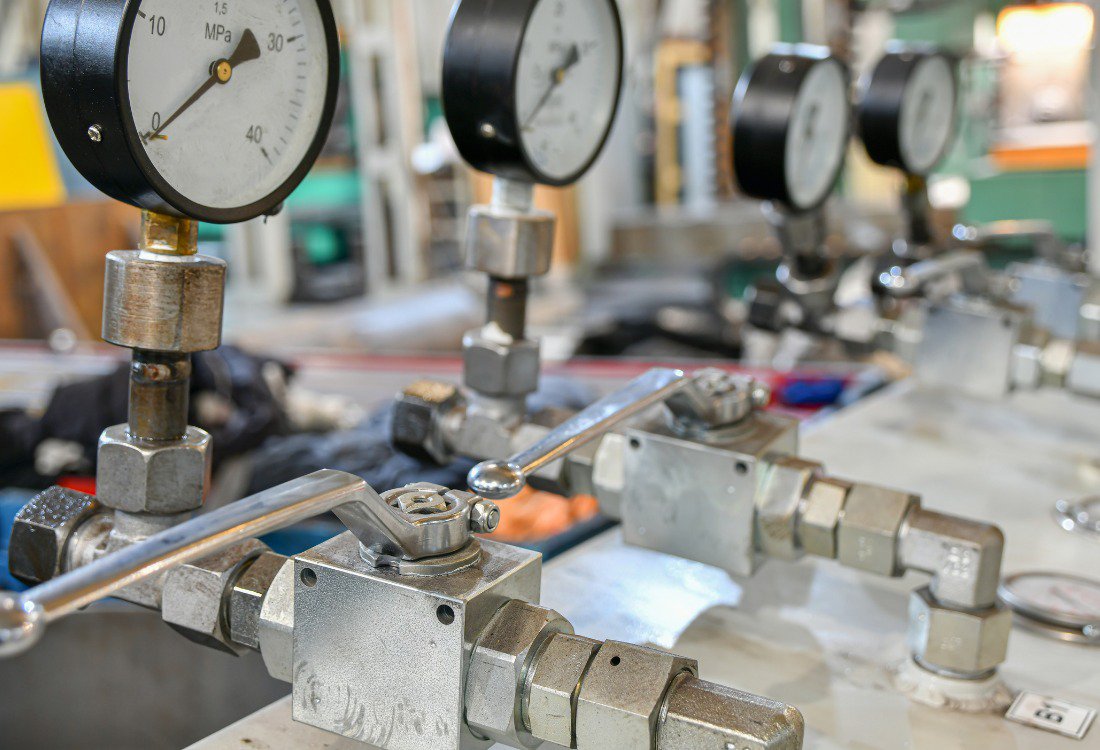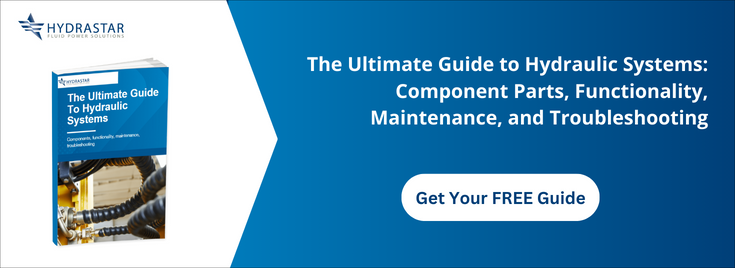The intersection of electronic control systems and hydraulic power is increasing the possibilities for applications used on the factory floor, the construction site, and beyond. In principle, electro-hydraulic systems combine the strengths of fluid power and the precise intelligence of electronic systems, yielding the benefits of both technologies. This can deliver applications with enhanced responsiveness, pinpoint control, and the flexibility to take on a broader range of tasks. In this article, we look at how electro-hydraulic integration bridges the gap between precision and power.

The Potential Of Synergy: What Is Electrohydraulic Integration?
Electro-hydraulic integration is actually a fairly simple concept. An integrated system uses electronic sensors, controllers, and actuators to manage and direct the power of a hydraulic system, so that instead of depending purely on mechanical or manual controls, an electro-hydraulic system can deliver a more precise, responsive, and repeatable output. This makes fluid power applications more ‘intelligent’ than they would be otherwise, giving operators greater control over speed, position, pressure, and other factors, and making integrated systems extremely valuable in automated production lines and other precision environments.
Benefits Of Electrohydraulic Integration Include:
- Reduced energy costs: thanks to the integration of variable speed drives and smart pump controls, integrated systems can match their power generation to the immediate demands of the application, lowering overall power consumption and operational expenditure.
- Less waste heat generation: a more efficient system usually requires smaller or less active cooling systems, further reducing equipment costs and energy use.
- Longer component life: operating at lower temperatures and with less consistent strain reduces mechanical wear and tear on seals, pumps, and hydraulic fluid, extending the service life of your components, reducing maintenance interventions, and increasing your long-term return on investment.
Enhanced Control And Precision
Let’s go back to this issue of control. Without sufficient precision in their control mechanisms, fluid power systems can act like the metaphorical ‘bull in the china shop’, or at best, a well-meaning and strong but clumsy assistant. Systems can be difficult to fine tune, often leading to jerky movements and over or under shooting targets. By introducing electronic controls, however, engineers can achieve a level of precision that opens up new opportunities for complex manufacturing processes and automation.
Software control systems may be the brain of such a system, but electronic sensors are the senses, providing instantaneous feedback on critical system parameters, including cylinder position, flow, and pressure. This data is fed into a programmable logic controller (PLC), or dedicated electronic control unit (ECU), which then adjusts the hydraulic valves to meet the operational targets. This closed-loop control system is capable of micro-adjustment in milliseconds, creating smooth, accurate, and replicable motions.
This precision is essential in sensitive applications such as CNC precision engineering, medical robotics, injection moulding, and others, where even small deviations can compromise quality of outcome. The ability to pre-programme complex motion profiles and adjust them in real time also makes hydraulic machinery far more versatile and capable.
The Role Of Quality Components In Electro-Hydraulic Integration
To achieve the full benefits of integration, each component used in the system must meet the highest standards of quality and reliability, as the value of the electronic controls is only as good as the hydraulic components executing the commands. Using a reputable UK hydraulic coupling supplier, for instance, is important for maintaining leak free connections and maintaining system integrity, especially under the dynamic pressures generated by responsive controls. System validation is equally important, making the use of advanced hydraulic pressure testing equipment necessary during the design and commissioning phases of many systems. This verifies that the system can safely and reliably handle its programmed operational parameters.
Next Steps
Get in touch with HydraStar today to find out how you can unlock new levels of performance and reliability in your fluid power systems through electro-hydraulic integration.
Image source: Canva


